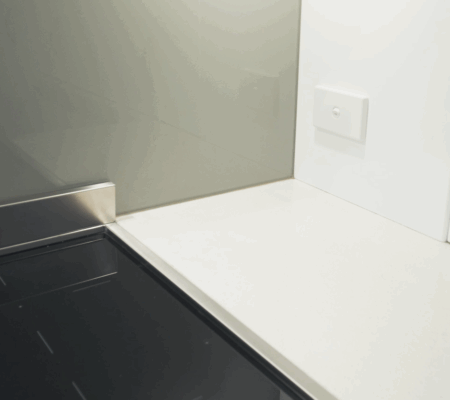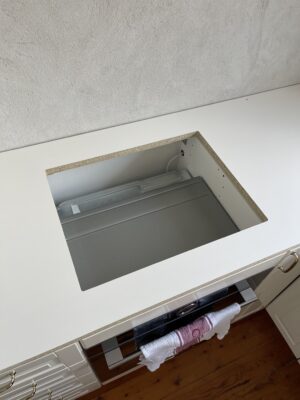Induction Cooktop Installation Melbourne
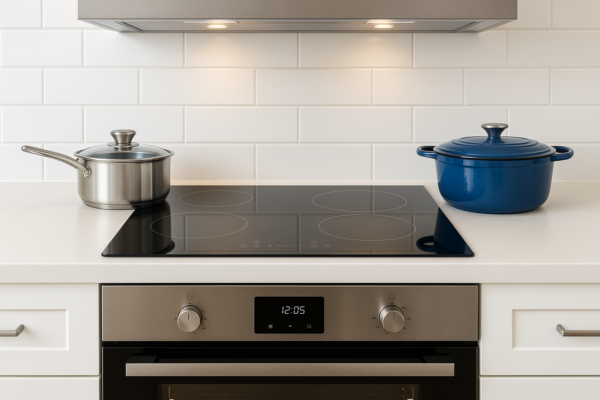
Switch to Induction: Expert Installations in Melbourne
Upgrade your kitchen with professional cooktop installation in Melbourne from Addison Appliances. Whether you’re replacing an old gas or electric unit, or upgrading to a modern induction cooktop, our licensed technicians ensure a safe, seamless, and stress-free installation.
With a focus on precision, safety, and efficiency, Addison Appliances has helped hundreds of Melbourne households and commercial kitchens upgrade to induction. We make the process simple and reliable, so you can start cooking better, faster, and safer.
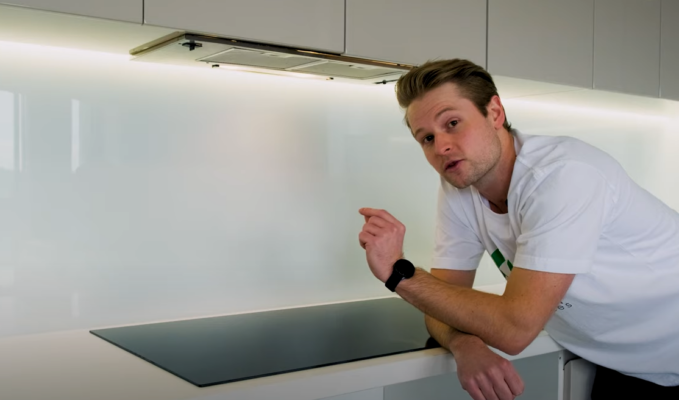
7 Things to Know Before Converting from Gas to Induction
Gas
Disconnection
Addison Appliance must decommission your existing gas cooktop and cap off the exisiting gas line before installing an induction model.

Switchboard Capacity
Induction cooktops draw more power than gas. We can generally determine what is required from a clear image of your switchboard. If needed, our team will quote and upgrade your switchboard on the day.
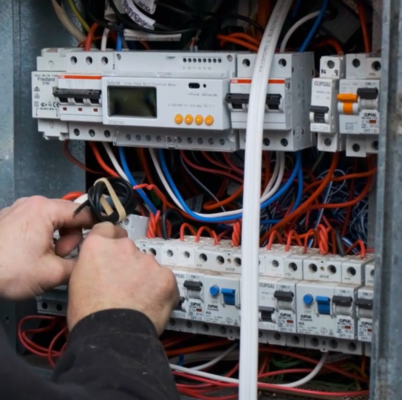
Dedicated Electrical Circuit
Gas → induction cooktop conversions needs a new dedicated electrical circuit. Replacing an electric cooktop? The existing cooktop circuit may be reused if it meets the unit’s amp rating and standards—we’ll assess, quote, and wire on install day.
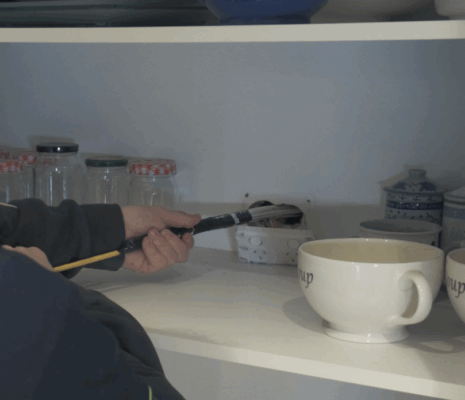
Safety Switch at the Board
Your switchboard must have a compliant safety switch. An upgrade may be required during the gas to induction conversion process. We can quote for this after we see a clear image of your current switchboard.

Rangehood Clearance
Allow at least 600mm between your induction surface and the lowest point of the rangehood, as per installation guidelines.
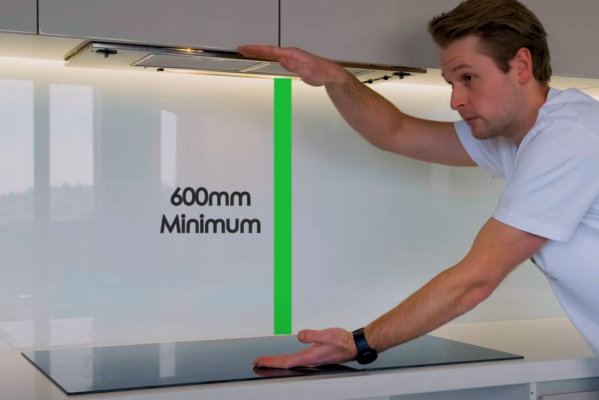
Video: Gas → Induction Changeovers
Already Have An Electric Cooktop?
Great — this sounds like a changeover installation (replacing an electric cooktop with induction). In many cases we can reuse the existing circuit, keeping costs down. Here are the key checks:
Existing circuitry
We’ll check whether your current cooktop circuit meets the induction unit’s amp rating and regulations. If not, we’ll quote options.Safety switch (RCBO)
Must meet current standards. If an upgrade is needed, we supply and install it.Benchtop cutout
If the opening doesn’t fit, we’ll resize on-site — including engineered stone — using WorkSafe-approved cutters. No other trades needed.
Any extra works/costs are quoted upfront.
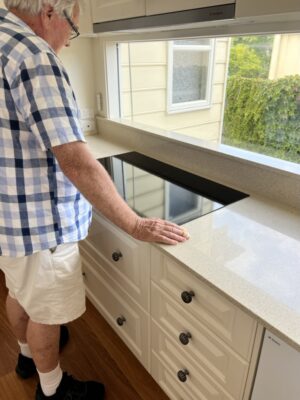
Why Choose Addison Appliances?
Specialists in induction cooktop installation – Enjoy faster, more efficient, and safer cooking.
All cooktop types covered – From traditional electric cooktops to the latest induction technology.
Licensed & insured experts – Installations that comply with all Australian safety standards.
Hassle-free service – We remove your old appliance, fit your new one, and leave your kitchen ready to use.

FAQs
Unfortunately this would not be legally compliant.
The isolation switch must be in a visible location within 2 metres, but no closer than 20cm to the appliance.
Addison installers can make the switch very neat by incorporating it into near by power points.
You may never even use it, but it is legally required.

